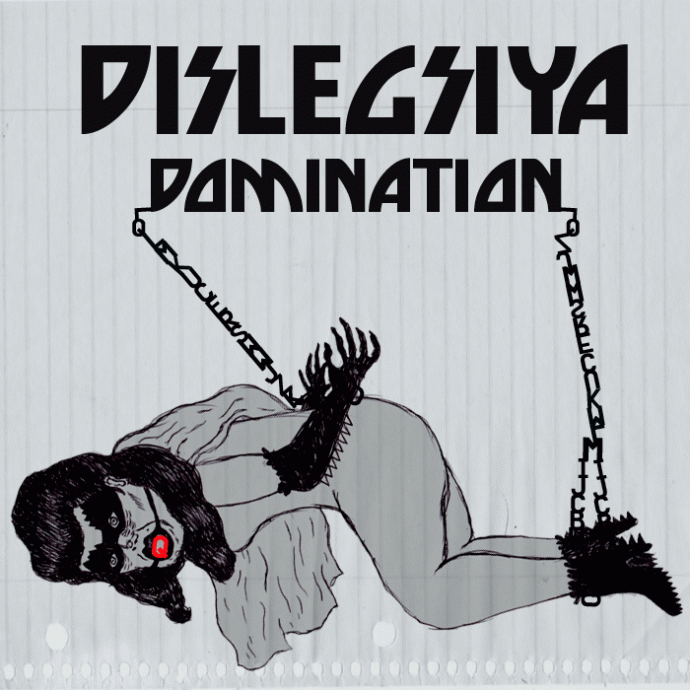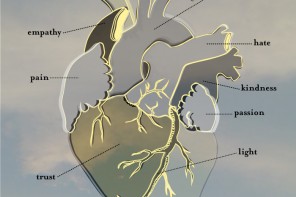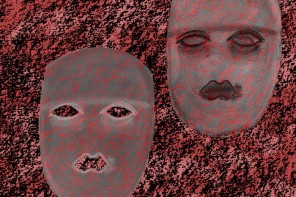Dyslexia in adults is common. This dyslexic entrepreneur meets all challenges and terrifies his competitors. Describing himself as somewhat of a hybrid Richard Branson, his over-confidence is explained by the past difficulties he was able to surmount. We learn the inside story of being a young dyslexic through this very personal testimonial.
I have been medically labeled as Dyslexic. It is a term most people have heard of in their academic lives to describe students with particular cognitive processing and visual impairments. Usually it turns out to be the noisy kid that doesn’t fit in, like the teenage Steve Jobs or Richard Branson, or the arty dreamer who hides in the crowd, perhaps a young Pablo Picasso or John Lennon, or the high school slut who does everything to catch attention, like Salma Hayek or Cher. Current studies suggest that 15-20% of the US population has a reading disability. Of those, 85% have dyslexia. Dyslexia in adults is very common. Obviously, having difficulties does not always mean that the individual is dyslexic; they might just be truly stupid. There are different types of dyslexia but the most common effects are problems with reading, spelling, and writing. Language and comprehension are usually affected as well.
It is often difficult to describe to non-dyslexic individuals what we have learned to live with all our lives. But we can use science to understand its nature. The National Institute of Child Health and Human Development supported research that suggested that dyslexia affects the temporal parietal lobe. More simply, it is related to “connections and activity” within the brain. Dyslexia is a lack of activity in the part of the brain that is usually stimulated in while reading. We must concentrate more when it comes to reading and spelling. When reading, our posterior brain regions are relatively under-active in contrast with overactive anterior brain regions.
The nature of the education system is telling: US statistics note a dropout rate for students with learning disabilities of 35 percent, twice the national average. The pressure of having to “try harder“ shaped my childhood. Extreme breakdowns occurred often in my youth and suicide seemed like the best way out. You can understand why only 2% of dyslexics are able to earn 4-year degrees.
The problem goes further. When dyslexic individuals leave school they are faced with bureaucratic paperwork peddled by private and public institutions and their handicap drags on. Thus, we face major problems in school, workplace, and our social lives. In the current climate of mass unemployment, one spelling mistake can put an application straight into the trashcan.
Having to adapt, however hard it is, to an environment that does not agree with one’s genetic differences must be recognized as a challenge and respected as a handicap. Some decide to abandon social barriers and lead lives of crime, and others just give up all together. In the US over 35% of prisoners are dyslexic, as are over 27,5% of all welfare recipients.
If people know I am dyslexic they will still not understand the burden it represents and dismiss it. My partner once told me, may her soul burn in hell, that dyslexia was just a way out for lazy people. We are stigmatized and misunderstood by close friends and society in our everyday life. It feels like a fight to prove ourselves every day. I learned to think that if I managed this far, I can do it anywhere. I fight on and take all “failure” as a learning asset.
I will be as strong as Mohammad Ali, smart as Einstein, as popular as John F Kennedy and as creative as Da Vinci. Reaching adulthood, I find myself part of a new sect of strong dyslexic consciousness. We must think “outside the box” and be confident enough in the talents we possess to admit our weaknesses while recognizing our strengths.







